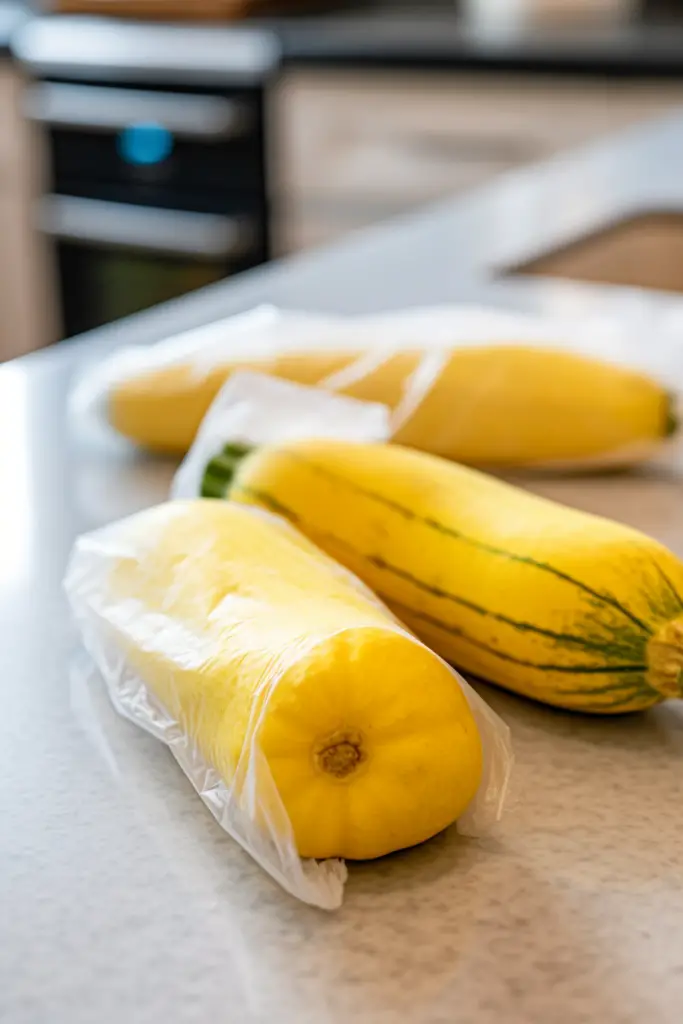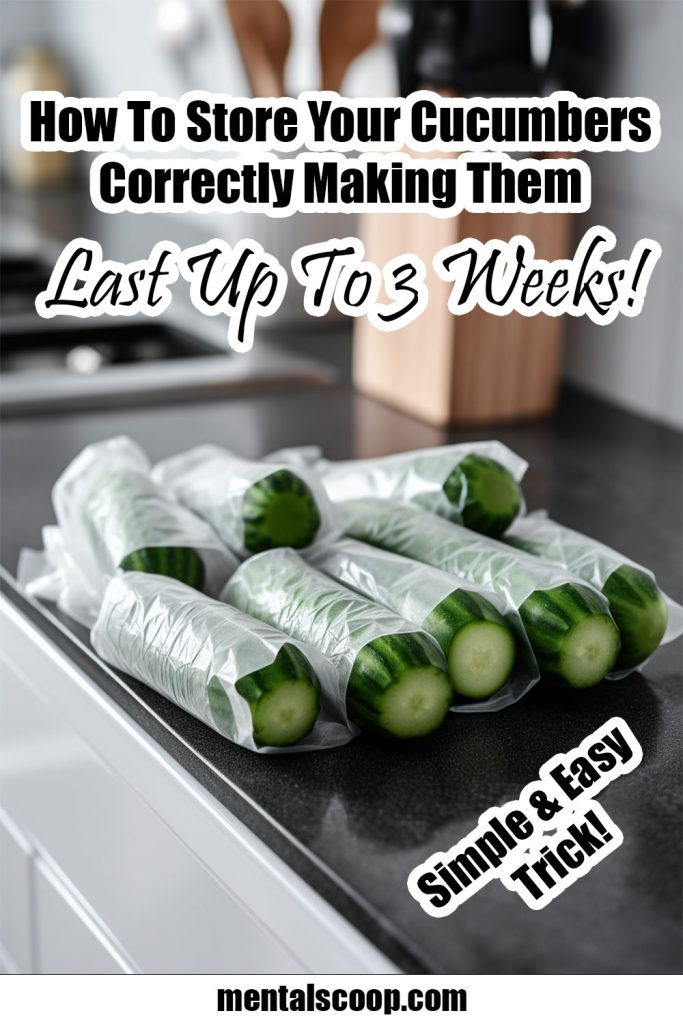How To Store Your Yellow Squash Making Them Last Up To 3 Months!

Yellow squash, with its vibrant color and delicate flavor, is a versatile vegetable that can be used in a variety of dishes. Whether you grow your own or purchase it from a local market, learning how to properly store yellow squash is essential to preserve its freshness and taste. In this article, we will guide you through a step-by-step process on how to store your yellow squash, ensuring it remains in peak condition for extended periods.
Preparing Yellow Squash for Storage
Before storing your yellow squash, it’s important to prepare it properly. Follow these steps:
a. Slicing the Squash: Start by washing the squash thoroughly under cold running water. Trim off the ends and slice it into uniform pieces. This not only allows for easier storage but also facilitates quicker blanching and cooking in the future.
b. Blanching the Squash: Blanching is a process that involves briefly immersing the squash in boiling water, followed by immediate cooling. Bring a large pot of water to a rolling boil and carefully add the sliced squash. Blanch for approximately two minutes, which helps to maintain the squash’s texture and color while preserving its nutrients.
c. Quick Cooling: After blanching, quickly transfer the squash to an ice water bath to stop the cooking process. This step ensures that the squash retains its crispness and prevents it from becoming mushy.
Proper Packaging for Storage
Packaging your yellow squash correctly is crucial to maintain its quality and prevent freezer burn. Follow these guidelines for effective packaging:
a. Choosing the Right Containers: Opt for freezer-safe containers or heavy-duty freezer bags that are specifically designed to withstand low temperatures. Ensure they are clean and in good condition to prevent any potential contamination.
b. Portioning: Divide the blanched and cooled yellow squash into portion sizes that suit your needs. This will enable you to thaw only the amount you require, minimizing waste.
c. Removing Excess Air: For freezer bags, squeeze out as much air as possible before sealing. This helps prevent freezer burn, which can negatively affect the quality and flavor of the squash.
d. Labeling: Clearly label the containers or bags with the date of freezing. This practice allows you to keep track of storage time and ensures you use the oldest squash first.
e. Freezing: Place the packaged yellow squash in the freezer, ensuring they are arranged in a way that allows for efficient airflow. It is best to freeze them in a single layer initially to prevent them from sticking together. Once they are fully frozen, you can stack them to save space.
Maintaining Quality and Shelf Life
To ensure your yellow squash remains fresh and flavorful during storage, it’s important to follow these best practices:
a. Ideal Storage Temperature: Set your freezer to a temperature of 0°F (-18°C) or below. Yellow squash can be stored in the freezer for up to three months without a significant decline in quality. Beyond that period, the flavor and texture may deteriorate.
b. Thawing: When you’re ready to use your frozen yellow squash, thaw it in the refrigerator overnight. Slow thawing helps to preserve its texture and prevent excessive moisture loss. Avoid thawing at room temperature, as it may lead to a mushy consistency.
c. Utilize Properly Thawed Squash: Once thawed, utilize the yellow squash in recipes where it will be cooked or added to soups, stews, casseroles, or stir-fries. Freezing alters the texture, making it less suitable for raw preparations.
d. Monitoring Quality: Before using frozen yellow squash, inspect it for any signs of freezer burn, such as discoloration or ice crystals. If freezer burn is present, it’s best to discard the affected pieces as they may have compromised taste and texture.

More interesting articles you may be interested in reading:

How To Remove A Tree Stump Painlessly
10 Vital Home Maintenance Tasks You’ll Regret If You Forget
See How Much Propane Is Left In A Tank With No Gauge
Thanks for reading and be sure to share this info with your friends using the social share buttons below.
Talking about social stuff, consider liking our Facebook page to keep up to date with our articles. Check out our other articles for more mental scoops!
